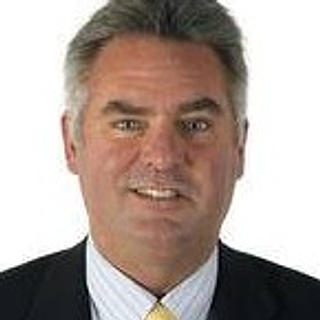April 26, 1977 - Orioles 6, Yankees 2
- Sal Maiorana
- Apr 26, 2017
- 3 min read

BALTIMORE - With Catfish Hunter still on the disabled list, Ken Holtzman had to take his spot in the rotation, but Holtzman was on his last legs with the Yankees and it was readily apparent in the first inning.
Baltimore sent 10 men to the plate in the bottom of the first inning and scored four runs on four hits, three walks, and a wild pitch. It could have been even worse, but in his second at-bat of the inning, Orioles leadoff man Al Bumbry grounded out with the bases loaded. Still, that hole was too much to dig out of, and the Yankees’ winning streak came to an end at six games.
Holtzman actually held it together from that point and managed to give New York seven innings, allowing only two more runs, but it didn’t matter because Baltimore’s Rudy May – who’d pitched for the Yankees in 1976 – scattered nine hits for a complete game victory.
Back in New York City, it was quite a night in the world of pop culture. The famous Studio 54 nightclub opened its doors at 254 West 54th Street between Eighth and Broadway and began a three-year run as one of Manhattan’s most historic haunts.
President Jimmy Carter’s mother, Lillian, once visited Studio 54 and she said, “I don't know if it was heaven or hell, but it was wonderful.” And in a year of so much tumult in New York City, people still wanted to have a good time, and the pulsating beats emanating from the 5,400-square foot dance floor provided a soundtrack for a roiling metropolis.

Mick Jagger's wife, Bianca, had quite a birthday at Studio 54.
Owners Steve Rubell and Ian Schrager, who had been roommates in college at Syracuse University, created a place that became a playground for the rich, the famous, and most importantly, the beautiful. Hollywood stars and starlets, musicians, athletes, artists, politicians, and the giants of the fashion industry were the most frequent clientele, and if you were just someone “normal” you better have had something to bring to the party, whether it was beauty, money, or drugs, and not necessarily in that order.
The busboys who cleared glasses were shirtless, and while the women who hung from trapezes weren’t topless, there wasn’t much left to the imagination. At midnight, descending from the ceiling was a sculpture of a man-in-the-moon with a cocaine spoon and as the crowd cheered, stagehands would guide the spoon toward its nose.
You never knew what you’d see on any given night. Imagine having been there when Bianca Jagger celebrated her 30th birthday atop a white horse that was being led around the place by a man and a woman with circus costumes painted on their naked bodies as one of her husband’s iconic songs, Sympathy for the Devil, was playing on the state-of-the-art sound system.

Reggie Jackson was a frequent visitor to Studio 54 in New York City
Studio 54 capitalized on the explosion of disco music and several major musical acts performed live including one of the ultimate disco queens, Donna Summer, but just like disco, Studio 54 proved to be a passing fad. The beginning of the end occurred in late 1978 when Rubell was quoted in the New York newspapers as saying that Studio 54 had made $7 million in its first year and that “only the Mafia made more money.” That wasn’t too bright because the IRS took notice, the nightclub was raided, and Rubell and Schrager were ultimately convicted on tax evasion charges and served 13 months in prison.
A farewell party for the two was held on Feb. 4, 1980 and the guest list included Ryan O’Neal, Farrah Fawcett, Mariel Hemingway, Richard Gere, Jack Nicholson, Sylvester Stallone, and a certain New York Yankee named Reggie Jackson.






Comments